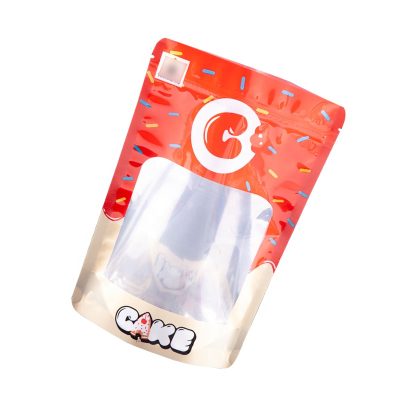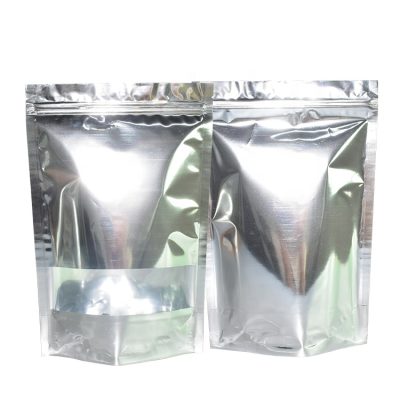1. The meaning of composite packaging materials
The so-called composite packaging is a material composed of two or more materials with different properties combined together. The composite packaging material is to follow the advantages of the combination of strengths and avoid weaknesses in the microstructure to expand the scope of use and improve economic benefits, making it a more practical and complete composite packaging. Therefore, the performance of composite packaging materials is much superior than that of any single traditional packaging material.
2. The structure of composite packaging materials
Generally speaking, the outer layer material of the composite packaging material should be a material with a higher melting point, good heat resistance, not easy to be scratched, sanded, good printing performance, and good optical performance. Paper, aluminum foil, cellophane, and poly Carbonate, nylon, polyester, polypropylene
The layer material should have heat-sealability, good adhesion, odorless, non-toxic, oil resistance, water resistance, chemical resistance, etc., such as polypropylene, polyethylene, polyvinylidene chloride and other heat-resistant plastic materials
The middle layer of composite materials with more than three layers is usually made of materials with good gas and moisture barrier properties and high mechanical strength, such as aluminum foil, polyvinylidene chloride, cellophane, paper, polyethylene, etc. An adhesive is applied between layers for bonding. Generally, a solvent-based thermosetting polyurethane adhesive is used between the outer layer and the middle layer material, and a modified polypropylene emulsion adhesive or a specially modified group-containing propylene common resin is used between the inner layer and the middle layer. The adhesive for the outer layer requires high bonding strength, simple process, and low cost. The adhesive for the inner layer requires high temperature resistance, high peel strength, non-toxic, and tasteless. It does not affect the nutritional content of the food, and can well maintain the color and fragrance of the food. .
In recent years, it has been developed to uniformly coat a layer of coating agent on the surface of the substrate film to improve the air tightness, oil resistance and chemical stability of the packaging material, making it suitable for a variety of food packaging. Commonly used coating agents include polyvinylidene chloride resin and polypropylene polyvinylidene chloride resin. Coating methods include single-sided coating and double-sided coating.
3. Characteristics of composite packaging materials
①Protective. It should have sufficient mechanical strength, including tensile strength, rupture strength, and flexural strength. In addition, it also has water resistance, cold resistance, airtightness, light resistance, moisture resistance, oil resistance, and ②operability. That is, it is convenient for packaging operations, adaptable to mechanized operations, non-slip, non-static, anti-curling, good isolation resistance, and crease retention.
③Commodity. Suitable for printing, good for circulation, reasonable price
④ Hygiene. Odorless, non-toxic, and less pollution. The composite packaging material itself must be clean and must not contain chemical components that are harmful to human health. Its recycling is still a problem worthy of further study
4. Application of composite packaging materials
At present, composite packaging materials have been used in various fields such as food, medicine, military supplies, daily necessities, etc., and the most used composite packaging materials are in the food industry. For example, aluminum foil wax/tissue paper (used for chewing gum packaging), aluminum foil tissue wax (used for chocolate packaging), aluminum foil oil-proof adhesive parchment paper (used for butter, cheese packaging) and so on. Generally speaking, composite packaging materials have the characteristics of water resistance, oil resistance, heat resistance, etc., and they have a wide range of uses. Generally it can be used for the following foods
①Packaging bags for solid foods such as instant noodles, various toffee, oatmeal, chocolate, purple, tea, various dried fruits (such as raisins), and puffed food
②Composite packaging bags for liquid foods such as milk, sweet wine, juice, soy sauce, vinegar, etc.
③Fresh food is used for packaging raw fish, fresh meat, poultry eggs, etc.




















